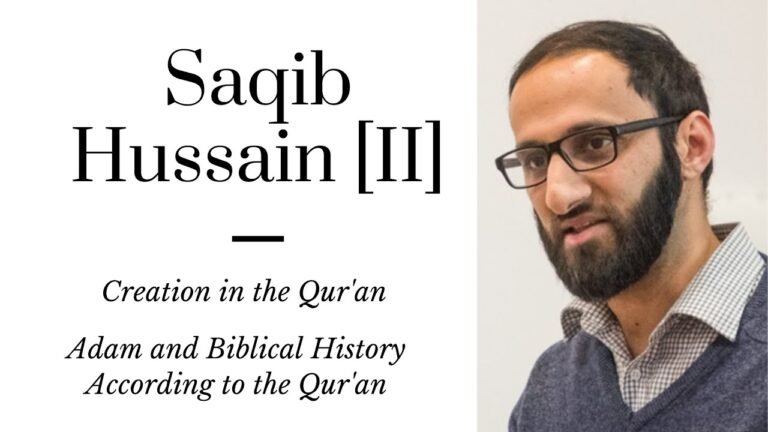Languages of the Old and New Testament
The Old and New Testaments, foundational texts of Christianity, were composed in distinct languages that reflect their historical and cultural contexts. The Old Testament primarily emerged from ancient Hebrew, with some portions written in Aramaic, capturing the rich traditions and narratives of the Jewish people. In contrast, the New Testament was predominantly penned in Greek, specifically Koine Greek, which was the lingua franca of the Eastern Mediterranean during the time of its writing. Understanding these languages not only illuminates the scriptures’ meanings but also connects readers to the diverse worlds from which these sacred texts arose.
What languages were used for the Testaments?
The Old Testament was primarily written in Hebrew, with some portions in Aramaic, while the New Testament was written in Greek.
In what languages was the New Testament originally written?
The New Testament was primarily composed in Koine Greek, a dialect that emerged as the lingua franca of the Eastern Mediterranean following the conquests of Alexander the Great. This widespread use of Koine Greek began around the 4th century BC and continued to thrive until the gradual evolution into Byzantine Greek around the 6th century AD.
This choice of language reflects the cultural and historical context of the time, making the New Testament accessible to a diverse audience across the region. The use of Koine Greek not only facilitated communication among early Christians but also played a fundamental role in the dissemination of Christian teachings, shaping the foundations of Christianity as it spread throughout the Roman Empire and beyond.
What is the reason the Old Testament was written in Hebrew?
The Old Testament is predominantly written in Hebrew due to the foundational role that Abraham, originally from Ur of the Chaldees, played in establishing the covenant with God. As Abraham journeyed to the land of Canaan, his experiences and the subsequent generations of his descendants became the central narrative for the Hebrew people. This historical and spiritual significance necessitated a language that would resonate with the identity and culture of the Israelites.
Hebrew emerged as the language of choice for conveying the sacred texts that would guide the Jewish faith and traditions. While only a small portion of the Old Testament is written in other languages, the Hebrew scriptures encapsulate the essence of God’s relationship with His chosen people. The linguistic continuity provided a means for the community to connect with their heritage, laws, and prophecies.
Moreover, the use of Hebrew reinforced a sense of unity among the Israelites, as it became a vital part of their religious and cultural identity. The language not only preserved the narratives of their ancestors but also fostered a communal bond that transcended generations. In this way, the Old Testament in Hebrew stands as a testament to the enduring legacy of faith and the profound impact of Abraham’s call to Canaan.
Was the Bible written in Aramaic?
While the New Testament is primarily composed in Greek, it is widely accepted among scholars that some portions, particularly in the gospels, may have originated from Aramaic sources. This linguistic interplay highlights the cultural and historical context of the early Christian writings, reflecting the diverse influences that shaped the message of the New Testament. The use of Aramaic underscores the significance of the language spoken by Jesus and his disciples, providing a deeper understanding of the text’s roots and its transmission through time.
Discovering the Linguistic Tapestry of Scripture
The rich linguistic tapestry of Scripture unfolds an intricate blend of history, culture, and spiritual insight, inviting readers to explore its profound depths. Each word is a thread woven through time, capturing the essence of ancient civilizations and their beliefs, while simultaneously resonating with contemporary life. As we delve into the nuances of biblical languages, we uncover layers of meaning that transcend mere translation, revealing the beauty of metaphor, rhythm, and imagery. This journey through the sacred text not only enhances our understanding but also deepens our connection to the timeless messages that continue to inspire and guide humanity.
Unveiling Ancient Tongues: From Hebrew to Greek
Language is a powerful vessel that carries the weight of culture, history, and belief. The transition from Hebrew to Greek marks a significant chapter in the evolution of human communication, particularly in religious and philosophical texts. Hebrew, with its roots in the ancient Near East, served as the primary language of the Jewish scriptures, encapsulating centuries of tradition and spirituality. Its rich vocabulary and unique construction provided depth to the narratives that have shaped Jewish identity and thought.
As the Hellenistic era unfolded, Greek emerged as the lingua franca of the Mediterranean, facilitating the exchange of ideas across diverse cultures. The translation of Hebrew texts into Greek, most notably the Septuagint, opened new avenues for understanding and interpreting sacred writings. This pivotal moment not only broadened the accessibility of these texts to non-Hebrew speakers but also influenced early Christian thought, as the New Testament was composed in Greek, weaving together the threads of both traditions into a cohesive tapestry of belief.
The interplay between Hebrew and Greek illustrates the dynamic nature of language as a living entity that evolves with its speakers. As these ancient tongues interacted, they enriched one another, leaving a lasting legacy that transcends time. Today, the study of these languages offers invaluable insights into the beliefs, practices, and cultural exchanges of the past, reminding us of the enduring power of words in shaping our understanding of the world.
Bridging Eras: The Evolution of Biblical Languages
Throughout history, the languages of the Bible have undergone remarkable transformations, reflecting the cultural and historical shifts of their times. From the ancient Hebrew of the Old Testament to the Greek of the New Testament, each language not only conveys spiritual teachings but also encapsulates the nuances of the societies that spoke them. This evolution illustrates a dynamic interplay between faith and language, where words have adapted to meet the needs of new generations while preserving the core messages of hope and redemption. As we explore these linguistic transitions, we gain deeper insights into the enduring legacy of biblical texts and their relevance across different eras.
The Old Testament was primarily written in Hebrew, with some portions in Aramaic, reflecting the linguistic landscape of ancient Israel and its surrounding cultures. In contrast, the New Testament was composed in Greek, specifically Koine Greek, which was the lingua franca of the Eastern Mediterranean during the time of its writing. This linguistic evolution not only highlights the historical context of these sacred texts but also underscores the diverse cultural influences that shaped their messages. Understanding the languages of these scriptures enriches our appreciation of their theological significance and enduring impact on faith traditions worldwide.







